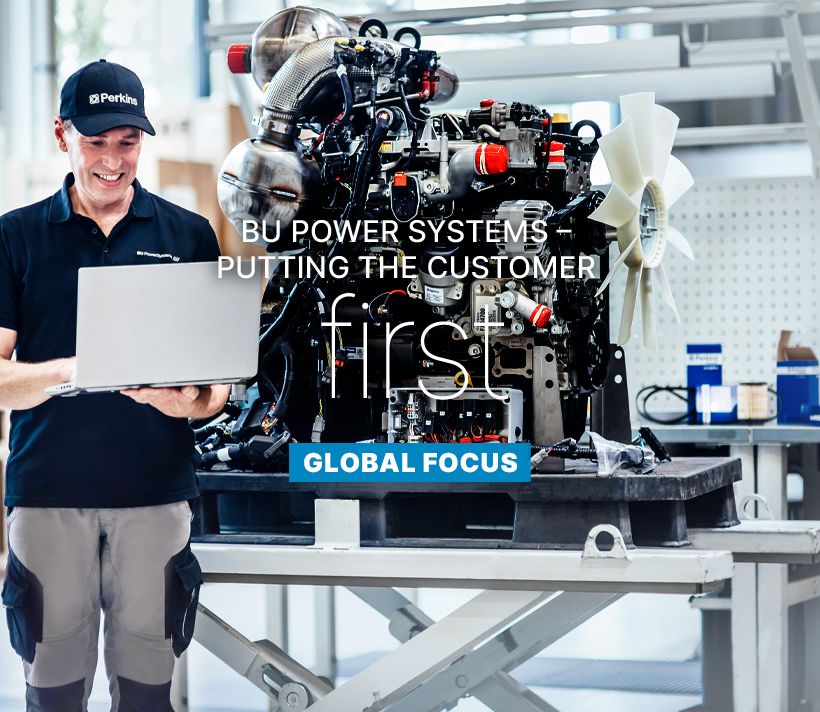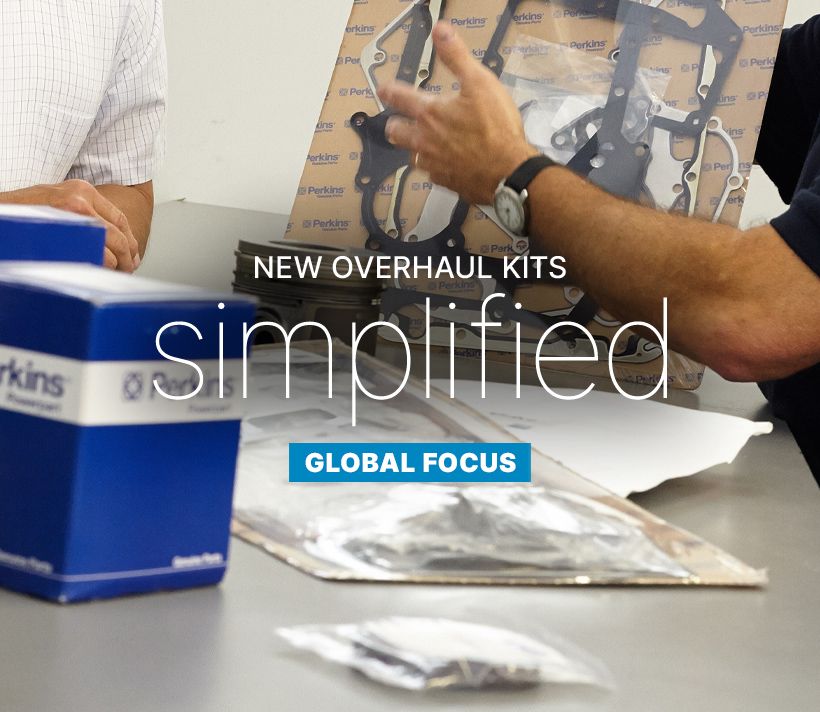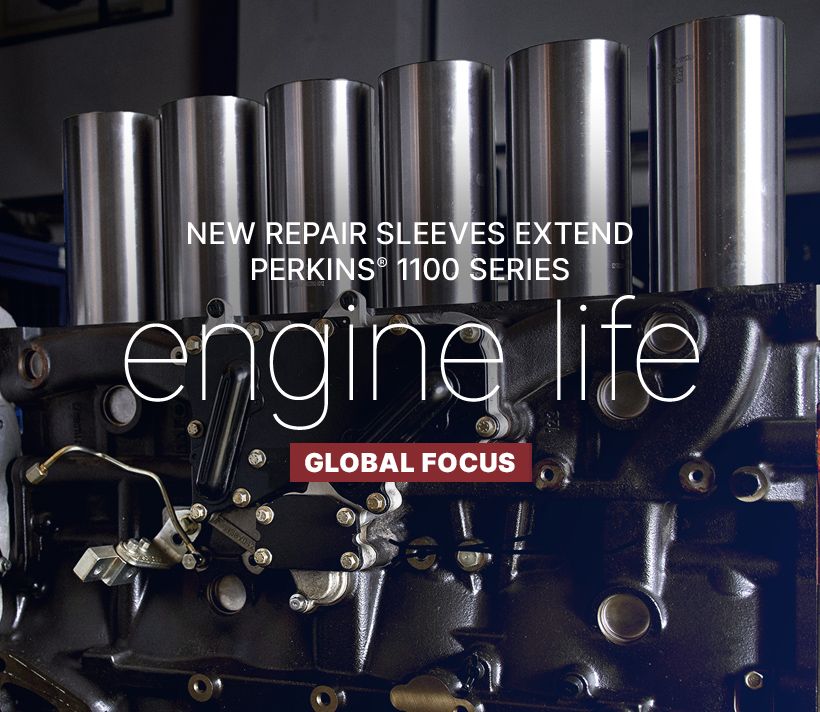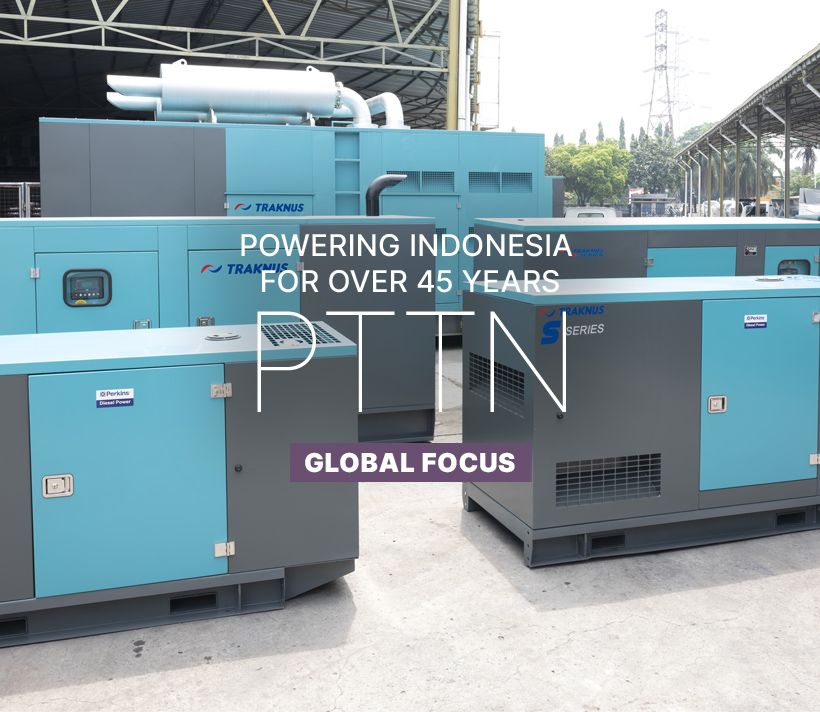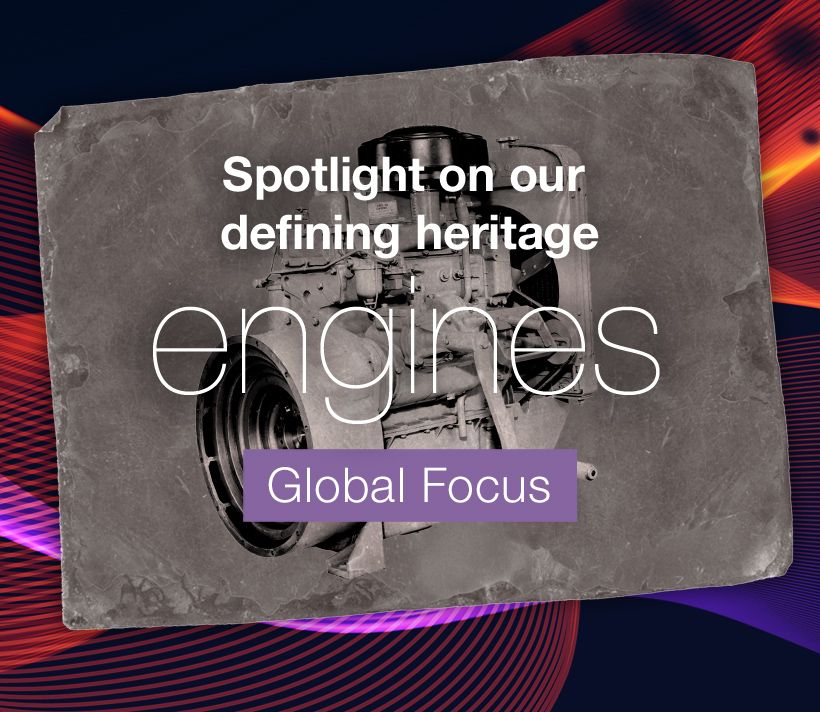Precision insights into machine performance that no-one else has, being informed of an issue before even the worksite knows about it, and identifying (and resolving) minor issues before they become major?
Who wouldn’t say yes to having all the above?
That’s the thinking behind Perkins Connectivity and Condition Monitoring, a new service from Perkins that has finally moved from vision to reality.
“It’s all about bringing to OEMs in multiple sectors the ability to minimise their total cost of ownership (TCO) and machine downtimes, and to boost overall efficiencies in machine management,” explained Jessica Langley, EAME marketing consultant at Perkins.
“There’s so much we can do to improve lifecycle management in the off-highway sector, if we’ve access to data that shows what engines are doing and how they’re performing,” she added.
Talking at a recent press briefing event in London, Jessica said the objective of the new service is to extend further Perkins’ renowned reputation for reliability and longevity, taking advantage of modern communications and data collection abilities to transform how businesses manage and operate their engines.
“This is about being ahead of the curve,” she enthused, “both for end-users and OEMs alike.”
Real-time monitoring of engine performance, she noted, opens up a whole new world of predictive and preventative maintenance.
“Imagine enabling service engineers to turn up at a worksite, already carrying the correct parts. There’s no time wasted in diagnosing the problem; they already know where the fault lies.
“Empowering a service team with such ‘second sight’ powers means they’re more likely to be able the fix the issue successfully first time.
“That in turn leads to fewer major breakdowns and faster resolutions.
“If you’re an OEM, that’s an offering that generates a big spike in brand loyalty. And as Perkins itself knows well, with increased brand loyalty comes increased customer retention.”
Perkins has already rolled out the system with several OEMs, primarily in the electric power, material handling and construction sectors. Early reports show they are reaping the benefits, Jessica revealed.
“Dealers are saving a lot of time, because the real-time monitoring and fault-identification promotes more efficient planning. They’re also improving their relationships with their own customers, who are avoiding major breakdowns and seeing a more joined-up, more integrated service.”
Kevin Walsh, Perkins digital business development manager, described how the architecture that supports the new service is built around efficient data sharing.
“It’s a very simple set of steps, which starts with the transmission of equipment telemetry data from the end-user’s asset into the OEM customer’s product support system.
“From there, an API (application programming interface) separates the engine telemetry data for onward transmission to Perkins.”
Here, auto fault code notifications are segregated; further data can be analysed by Perkins Condition Monitoring Analysts (CMA) to identify more specific issues. CMA recommendations and auto fault code notifications are then routed back to the OEM’s product support systems – where they can be executed through either the Perkins distributor service route, or OEM branch service.
“Either way, the end result is the fixing of that fault, using genuine Perkins parts, in a timely and efficient manner,” said Kevin.
Click here to enlarge
“Everyone in the service chain has access to this data: hours, locations, fault information. And it’s not just about improving service levels, either. Enhanced equipment integration also promises OEMs new insights on the running and operational characteristics of the engine.”
Kevin said the service will also help the industry to avoid the three commonly missed opportunities in dealing with engine faults.
“First, there’s the missed fault code, because, let’s face it – are fault codes always monitored, and always passed on? Second, how do you make sure your support network always sends out the right resources? And third, how do you make sure you always have the right parts, at the right time, to resolve the problem first time, first visit?”
Reliability, sustainability and efficiency are the drivers behind the Connectivity and Condition Monitoring, matched with an intention to provide a superior customer experience, Kevin explained.
“But it’s just the start. These connectivity solutions are the first step in a longer-term initiative to create a suite of digital services. With the API now rolled out, we’ve got the pro-active monitoring and advanced diagnostics in production, to which will be added full-lifecycle customer engagement through Perkins® My Engine App, Perkins® Hub and Perkins® Clarity.”
Perkins Digital Services will be available to customers through a tiered offering, comprising:
Powernews caught up with BUPS distributor principal, Franz Focks, to learn more about its work with customers.
Read moreJust one single part number is all that’s needed for six-cylinder Perkins® 2000 Series engine overhaul kits.
Read moreOur global network of 80 Perkins distributors have a ‘think global, act local’ approach.
Read moreTheir story includes more than 20,000 generator sets powered by Perkins engines.
Read moreBuilding on the Perkins legacy in Brazil.
Read moreExtending the life of Perkins® 1100 Series engines.
Read morePerkins Latin American agricultural initiative is breaking new ground.
Read moreSecodi: providing quality power and end-to-end service for 45 years.
Read morePTTN has been the authorised Perkins distributor since 1976.
Read moreWe talk to the owner, founder and chairman of Supernova Engineers Limited.
Read moreProviding full value and the most worry-free ownership experience possible.
Read moreWe talk to the founder and CEO of Captiva Energy Solutions.
Read moreListening to our customers creates better solutions.
Read morePart four of our 'Engines that made Perkins'.
Read moreThey're easier to control than you may think.
Read moreRestoring the portrait of Frank Perkins
Read moreInterview with engine enthusiast Jeffrey Giblin.
Read moreA distributor is more than a place to buy parts.
Read morePerkins heritage - part 3: focusing on the 1000 Series.
Read moreEmployees share their thoughts on the brand and how it supports its customers.
Read moreRefurbishing, overhauling or rebuilding your Perkins engine just got easier.
Read morePerkins is committed to sustainable manufacturing at every one of its global facilities.
Read moreThe 4.236 and 3.152 engines cemented Perkins’ position as ‘the’ farming diesel engine.
Read moreSince 1932 over 22 million diesel engines have rolled off our production lines, initially from the Peterborough, UK, factory and now from facilities around the world.
Read moreMeet Kajsa Mildén, a businesswoman with multi-industry experience, and the current CEO of Universal Power Nordic, our distributor for Sweden and Norway.
Read moreThe basic principle of fuel injection is the right amount of fuel must be injected at the right time to satisfy horsepower demands.
Read moreYour engine is in the capable hands of the Perkins distributor network, meaning access to trained technicians, genuine parts and a customer focused business approach.
Read moreA diesel engine is an amazing piece of engineering.
Read moreOur top tips to keep your engine running when it's cold.
Read moreToday's diesel engines are different from previous generations. Test your engine knowledge.
Read moreThere's a lot more to coolant than water and antifreeze.
Read moreGet the most from your low-emission diesel engine.
Read moreThere are no ordinary days for a Secodi technician.
Read moreFiltration - the key to protecting your engine investment.
Read morePerkins fluid sampling - delivering a new level of engine insight.
Read moreWhen a customer needs service, PTTN delivers - no matter what.
Read morePowernews caught up with BUPS distributor principal, Franz Focks, to learn more about its work with customers.
Read moreJust one single part number is all that’s needed for six-cylinder Perkins® 2000 Series engine overhaul kits.
Read moreOur global network of 80 Perkins distributors have a ‘think global, act local’ approach.
Read moreRestoring the portrait of Frank Perkins
Read more
